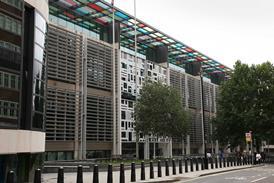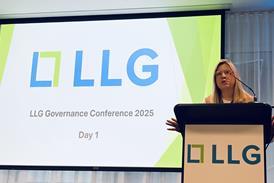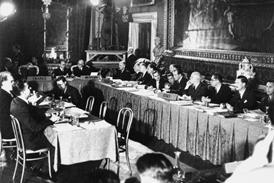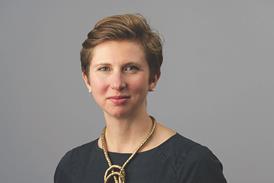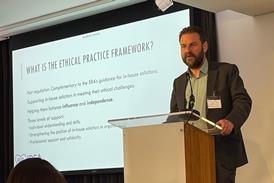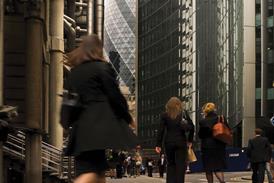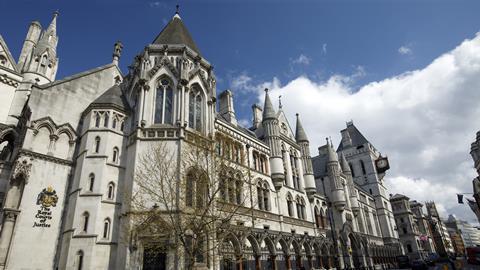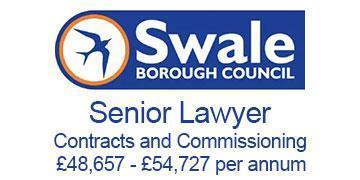A High Court judge who discovered that lawyers presented five fake case citations in their submissions has ordered that his judgment be sent to professional regulators.
Mr Justice Ritchie said solicitors and barristers involved in Ayinde, R v The London Borough of Haringey had demonstrated ‘appalling professional misbehaviour’ and knowingly tried to mislead the court.
The written submissions provided by barrister Sarah Forey, instructed by Haringey Law Centre in a judicial review case, had set out five case authorities. The defendant responded to say that the cases were fake. The court heard that solicitor Sunnelah Hussain wrote back, saying that the case citations were ‘cosmetic errors’ which could be ‘easily explained’ but did not need to be.
The judge described that as a ‘remarkable’ letter and said it was neither professional, reasonable nor fair to say it was unnecessary to explain the citations. The assertion that these were cosmetic errors was a ‘grossly unprofessional categorisation’, he added.
The defendant made a wasted costs order based on the fact that the cases cited by the claimant did not exist. A request had been made for a copy of the cases but there was no explanation why that was not provided.
Forey, of 3 Bolt Court Chambers, told the court she kept a box of copies of cases and she had dragged one into a document for submission. The judge rejected this explanation, finding as a fact that the case did not exist. Forey twice sought to explain the problem as ‘minor citation errors’, but she later backtracked after the judge’s intervention and accepted they were serious.
The defendant barrister suggested the only explanation for how the fake cases arose was that Forey, called in 2021, used artificial intelligence to create them. The judge said he could not make a finding on this point because Forey was not cross-examined.
The judge said: ‘However, the finding which I can make and do make is that Ms Forey put a completely fake case in her submissions. That much was admitted. It is such a professional shame. The submission was a good one. The medical evidence was strong. The ground was potentially good. Why put a fake case in?’
Forey had even submitted a Court of Appeal case which turned out to be false. The judge said he had ‘substantial difficulty with members of the bar who put fake cases in statements of facts and grounds’.
He concluded that the behaviour of Forey and the solicitors involved had been improper, unreasonable and negligent, adding: ‘I should say it is the responsibility of the legal team, including the solicitors, to see that the statement of facts and grounds are correct.
‘They should have been shocked when they were told that the citations did not exist. Ms Forey should have reported herself to the Bar Council. I think also that the solicitors should have reported themselves to the Solicitors Regulation Authority. I consider that providing a fake description of five fake cases, including a Court of Appeal case, qualifies quite clearly as professional misconduct.’
He added that it would have been negligent if Forey had obtained texts from AI and failed to check them.
The underlying judicial review was successful and costs awarded. These costs were reduced by £7,000 based on the claimant lawyers’ conduct. The judge ordered the defendant to send the transcript to the Bar Standards Board and to the Solicitors Regulation Authority.

